Study Practical Gardening Skills to Better Manage Horticultural Enterprises
Work planning and project management is an important aspect of the type of work that would be generally carried out by the professional horticulturist. Project management may be under the broad direction of superiors in certain situations however self-directed application of knowledge that has substantial depth is expected at this level.
- Learn skills that you would normally learn from working under the supervision of a horticultural expert.
- Develop excellent practical skills in the management of a variety of horticultural situations.
Lesson Structure
There are 11 lessons in this course:
-
Materials and Equipment
-
Horticultural Calculations
-
Practical Risk Management
-
Machinery and Equipment Assessment and Maintenance
-
Propagation Management
-
Hard Landscape Maintenance
-
Soft Landscape Maintenance
-
Practical Plant Identification Techniques
-
Pest, Disease and Weed Control
-
Identifying plant tissues
-
Planning -identifying needs for management of horticultural sites.
Aims
-
Identify a range of horticultural materials and equipment and sundries
-
Specify assessments necessary to perform horticultural operations, and carry out calculations for these assessments
-
Assess horticultural situations for risks and hazards, and demonstrate methods and procedures to minimise risk
-
Assess the state of repair of a powered implement and carry out routine maintenance or calibration.
-
Organise the propagation of a range of plants
-
Carry out routine maintenance on a variety of hard landscape features.
-
Demonstrate and determine the routine maintenance and future management for production and amenity situations of a variety of soft landscape features.
-
Identify a range of seeds and plants
-
Identify a range of weeds, plant pests, diseases and disorders, and state methods of their prevention and control.
-
Identify plant tissues and state their functions
-
Carry out a planning exercise to determine future management of a given area of plants, and all hard or soft landscape features
WHO IS THIS COURSE FOR?
This course will suit people looking to work in:
- Site foreman roles
- Horticulture management
- General horticulture
- Garden maintenance
- Parks & gardens
- Landscaping
- Nursery & propagation
